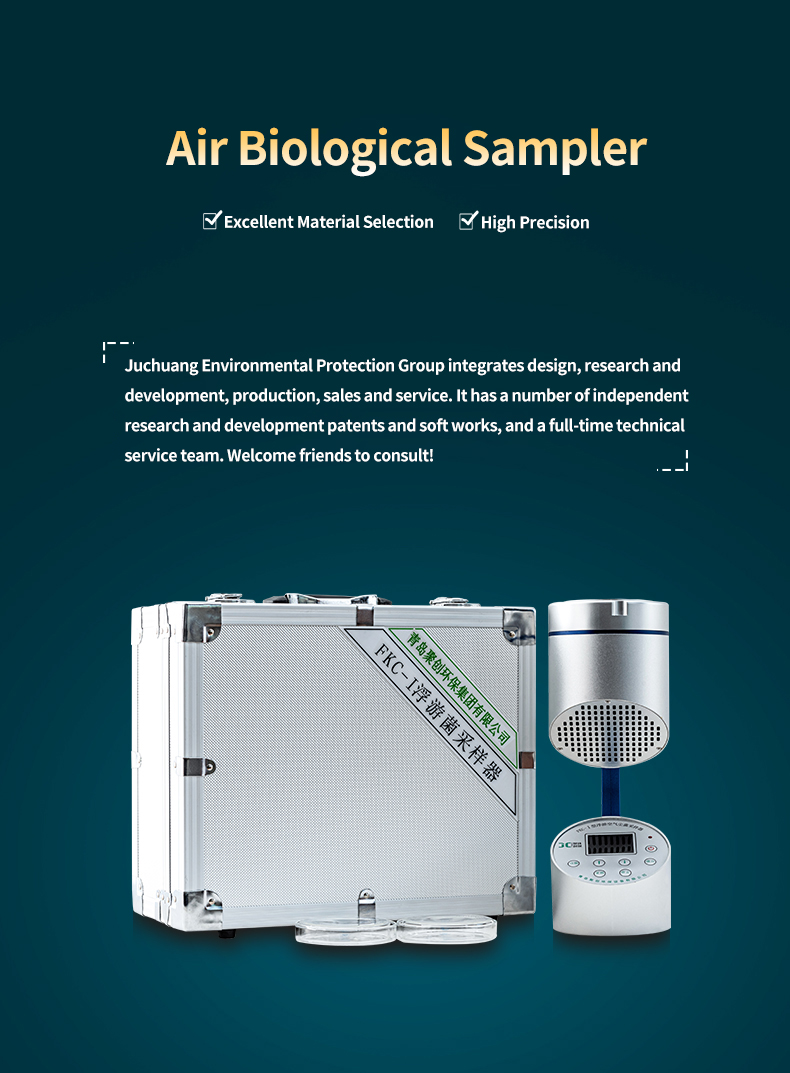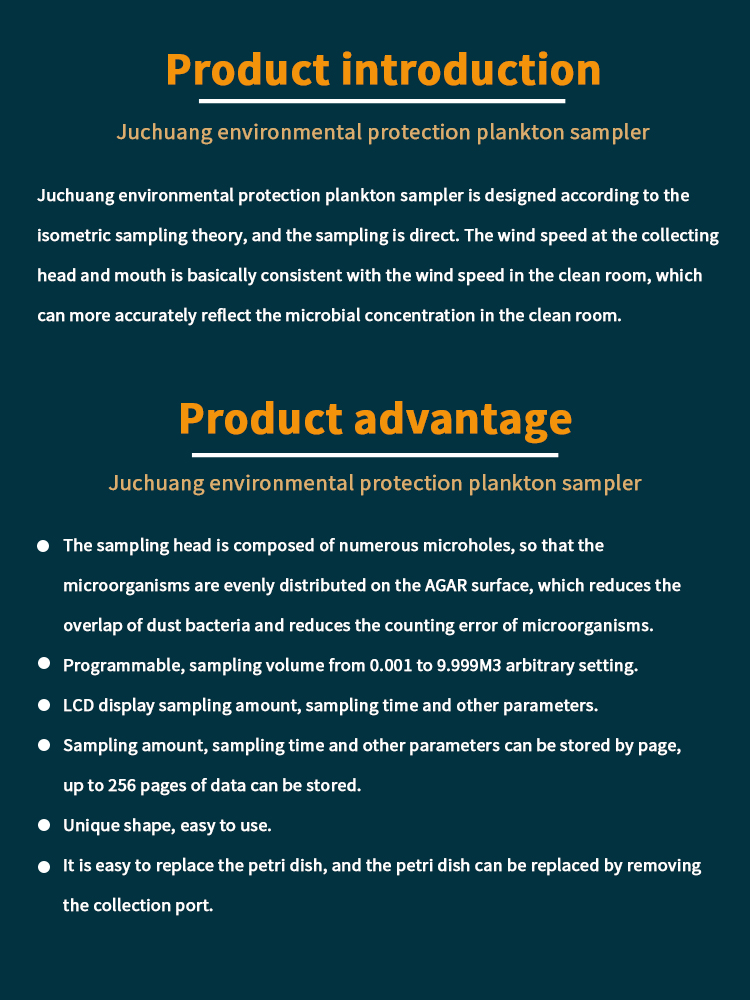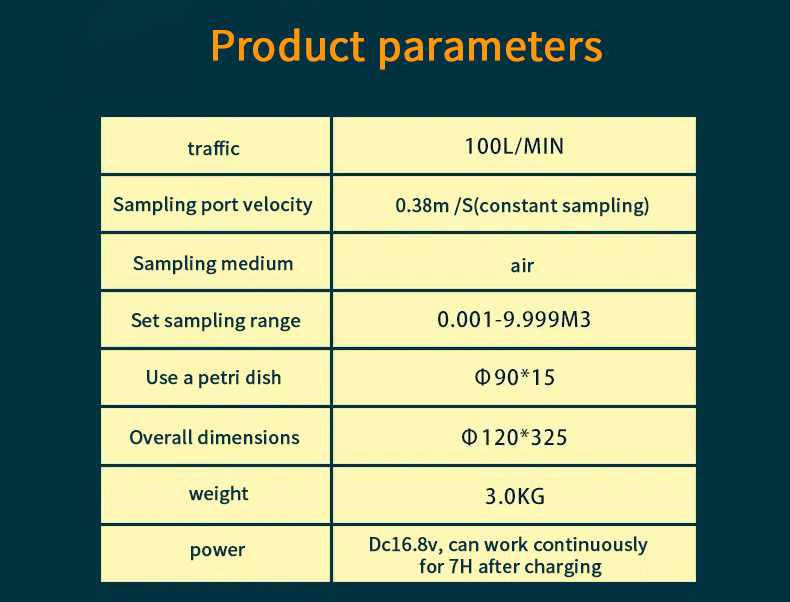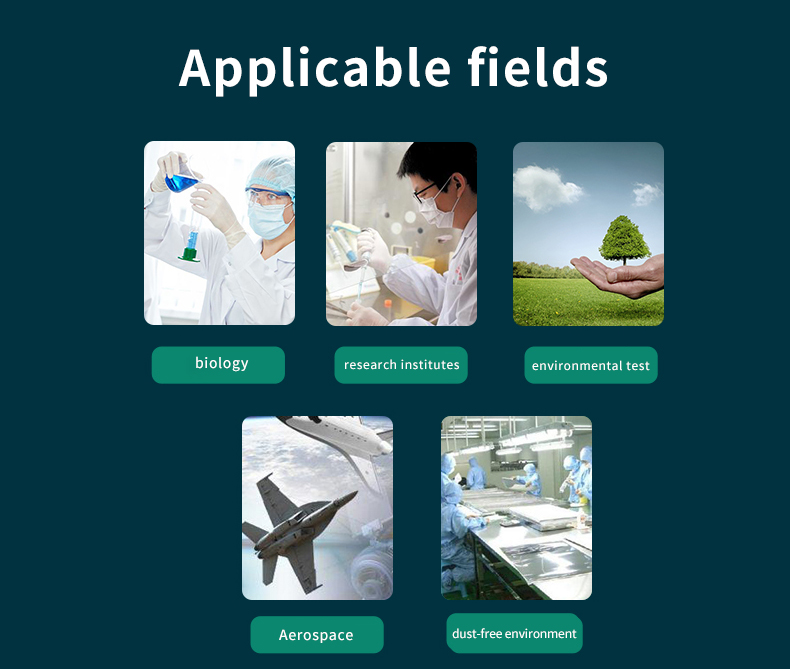2022-04-15
-
Planktonic bacteria are collected live microbial particles suspended in the air, and propagated to a visible number of colonies under suitable growth conditions through a special medium. Plankton in the air actually refers to all kinds of microorganisms floating in the air, including viruses, rickettsia, bacteria, fungi, protozoa, etc. These microorganisms are generally invisible to the naked eye, and they are more or less harmful to human health.
So what kind of planktonic fungi are in the air around us?
Category 1
Virus
Viruses are the smallest microorganisms, size ranging from 0.008 μm (microns) to 0.3 μm (microns), and are organisms that live by parasitizing cells. For example, influenza virus, hepatitis B virus, HIV virus, SARS virus, etc.
Category 2
Rickettsia
An organism with a size between a virus and a bacterium, also parasitic on other cells, mainly the pathogens of some typhoid fever and scrub typhus. Rickettsia proliferates in the cells of arthropods such as lice, and exists in large quantities in their feces. When humans and animals are bitten by lice with Rickettsia, they are prone to disease.
Category 3
Bacteria
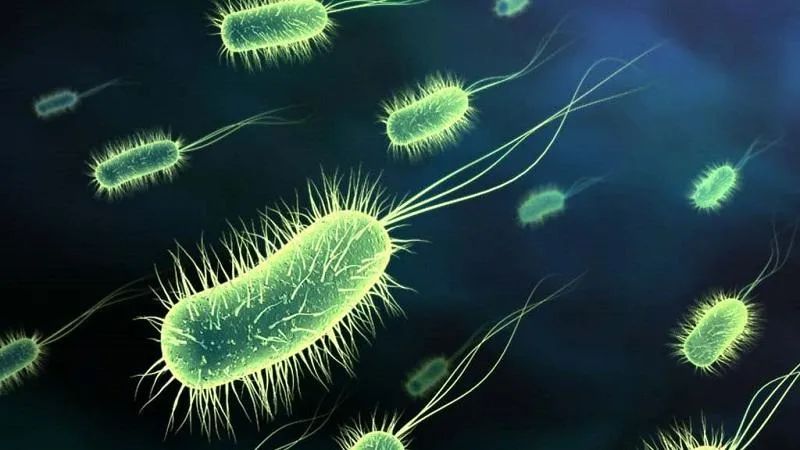
Bacteria are also familiar to everyone, their size is about 0.5 μm (micron) to 100 μm (micron), and they are divided into spherical bacteria, rod-shaped bacteria, and spiral bacteria according to their shapes. Bacteria mainly rely on invading cells or tissues to produce toxins, which make the human body sick. Bacteria are the pathogens of many diseases. Such as Legionnaires' disease, tuberculosis, gonorrhea, anthrax, syphilis, plague, trachoma, stomach problems, etc., are caused by bacteria.
Category 4
Fungus

There are more than 70,000 kinds of fungi on earth, the most common one are mushrooms. But we are referring to some tiny fungi that affect the human body. At present, all the pathogenic fungi found are mainly fungi, and there are about 300 kinds, such as Aspergillus flavus, Candida, etc. Fungal infections can cause skin diseases and invasive fungal infections, such as various tinea corporis, pneumocystis Mycosis, aspergillosis, cryptococcosis, etc.
Category 5
protozoa - protozoa
Protozoa, also known as protozoa, generally range in size from 1 μm (microns) to several millimeters, and are roughly divided into flagellates, succulents, sporozoites and trichomonas, which mainly rely on parasitic life. When protozoa enter the human body, some of them are pathogenic, such as kala-azar, trypanosomes, dysentery amoeba, and malaria parasites.
In addition to the above-mentioned microorganisms, some microorganisms are also harmful to the human body, such as dust mites, pet dirt, various allergens, etc., which exist in large numbers in the living space.
How to detect planktonic bacteria in the air?
Juchuang FKC-I type planktonic air dust and bacteria sampler is a high-efficiency porous inhalation dust and bacteria sampler. It is designed according to the particle impact principle and isokinetic sampling theory. The sampling is direct, and the wind speed at the collection port is basically the same as the wind speed in the clean room, which can more accurately reflect the microbial concentration in the clean room. During sampling, the air with dust bacteria passes through the micropores at a high speed and is impacted on the surface of the agar in the contacting plate; these living microorganisms undergo a dynamic rehydration process during the cultivation process and grow at a high speed, so that results can be obtained faster.
